Abstract
The behavior of four boys, 5 to 8 years of age, who were referred for a number of oppositional, rule violating, and aggressive behaviors, was assessed by direct observation and parent reports. Following baseline measurement, several interventions were successively applied to each child's behavior. Use of a social play contract to reduce problem behaviors by teaching appropriate social behaviors resulted either in no improvement or in worsening of the problem behaviors in observations made when the contract was not in effect. Changing the contract behavior to solitary toy play resulted in reduced oppositional behavior during the observation sessions, fewer reports from the parents of low-rate problem behaviors, and improvements in the parents' attitudes toward the children. However, these changes during the observation sessions were short-lived, because the data on these measures began to show a reversal during later sessions. Inclusion of a time-out contingency with the solitary play contract recovered the earlier improvements in the children's behavior during observation sessions and the parents' reports. These results gave support to the view that for children whose behavior is severely oppositional and aggressive, a treatment approach emphasizing productive, solitary behaviors may be superior to one stressing appropriate social interaction. However, a combined strategy of reinforcement for solitary play and punishment for problem behaviors appears necessary to ensure more durable treatment effects.
Full text
PDF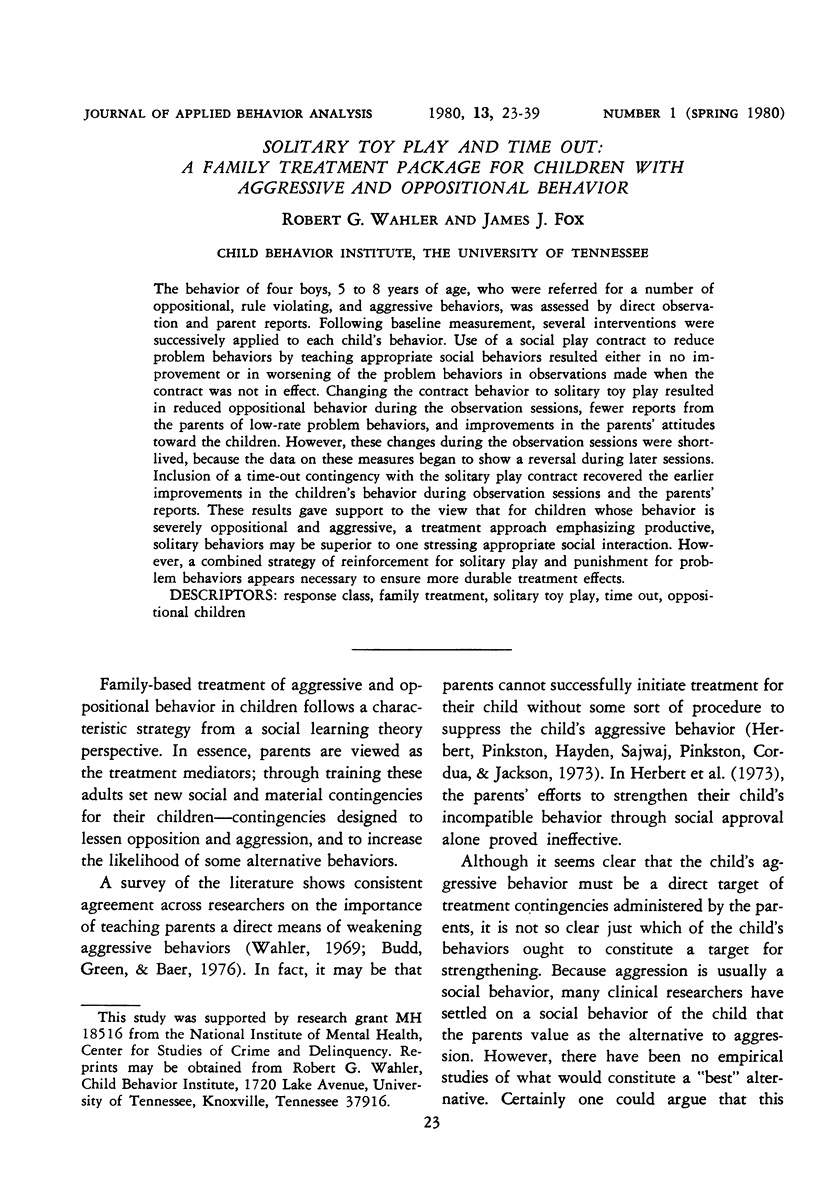


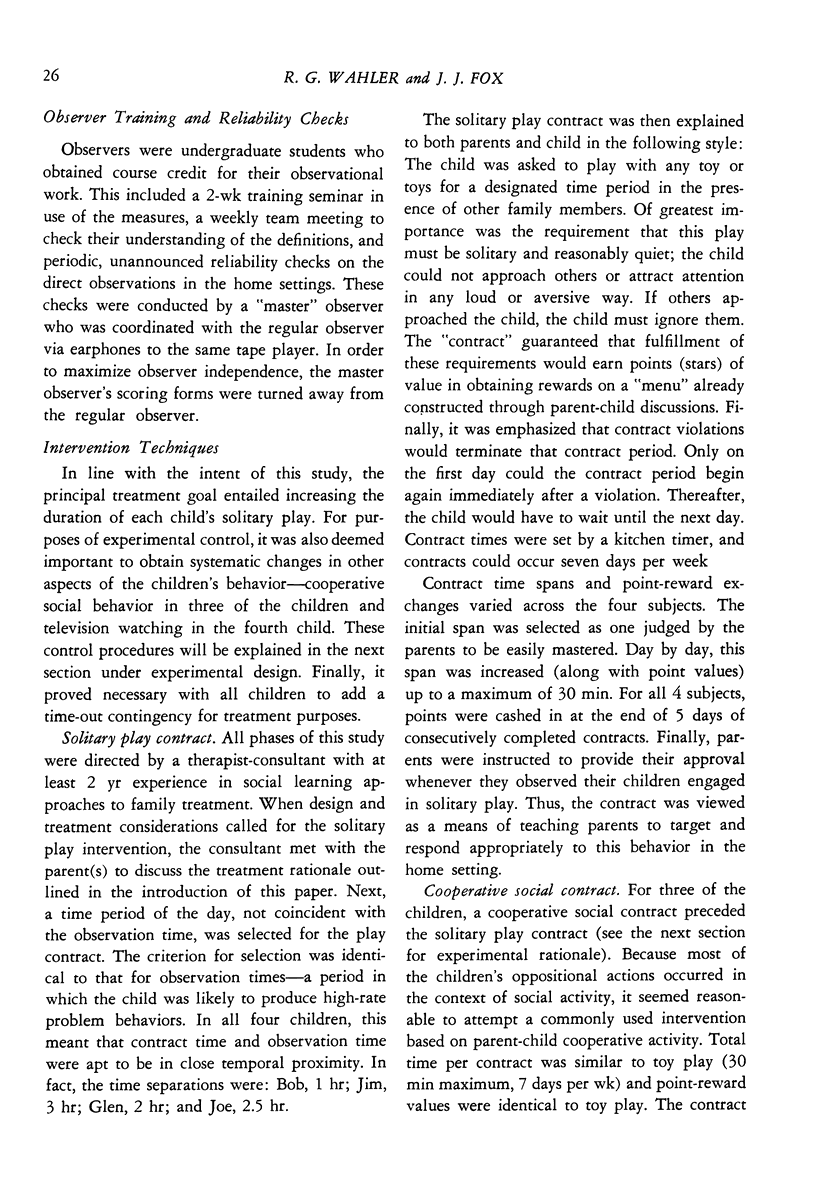
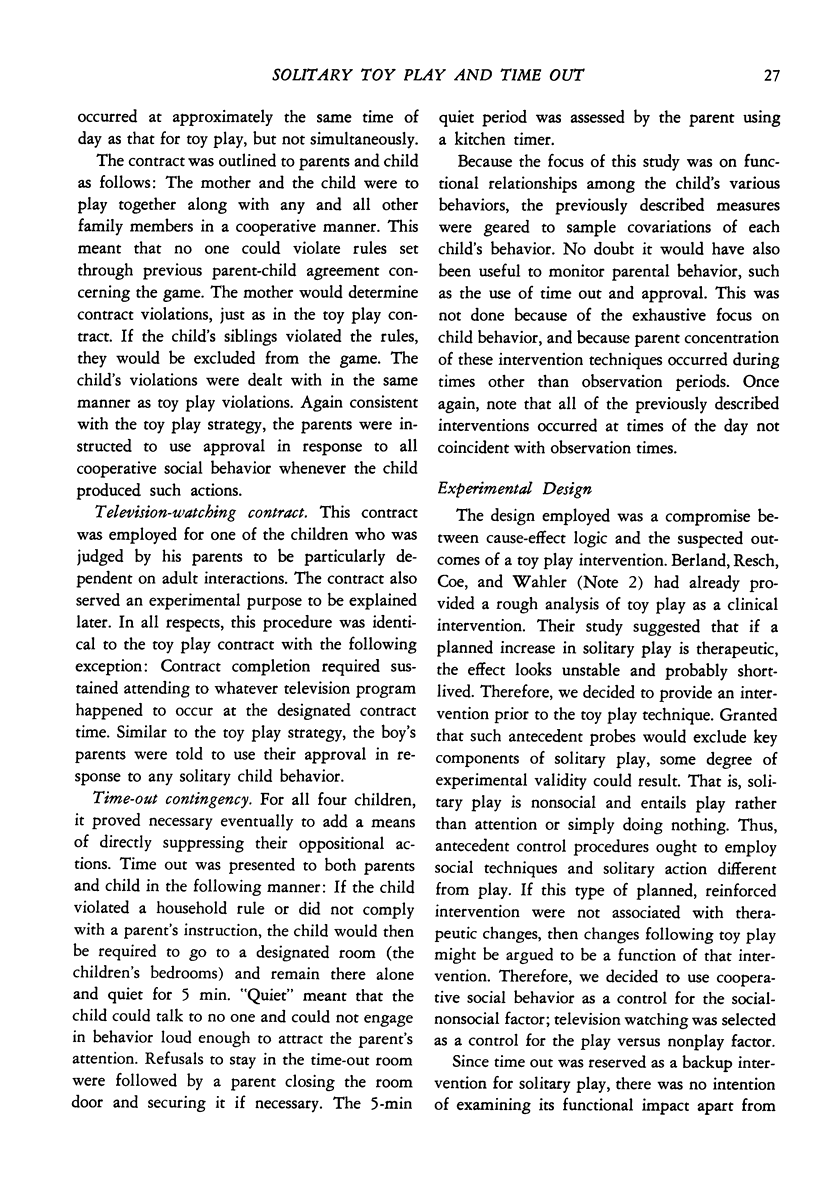
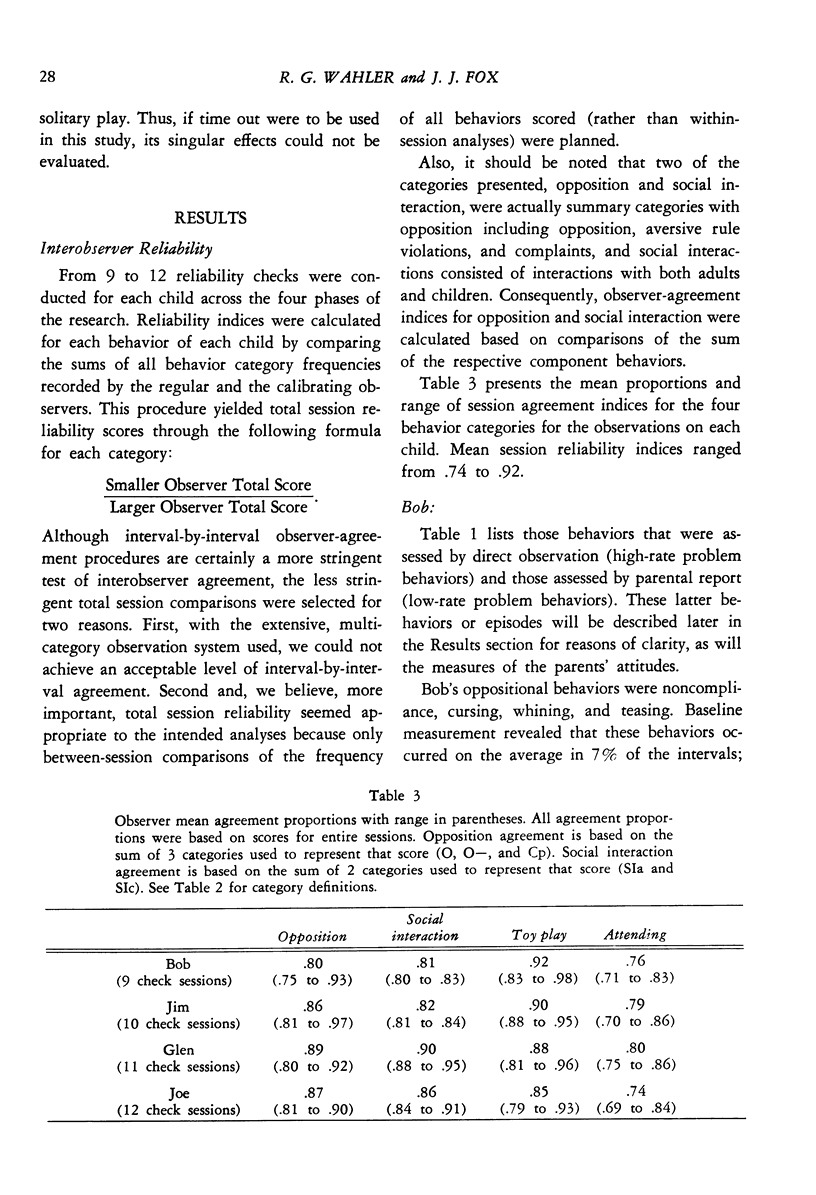
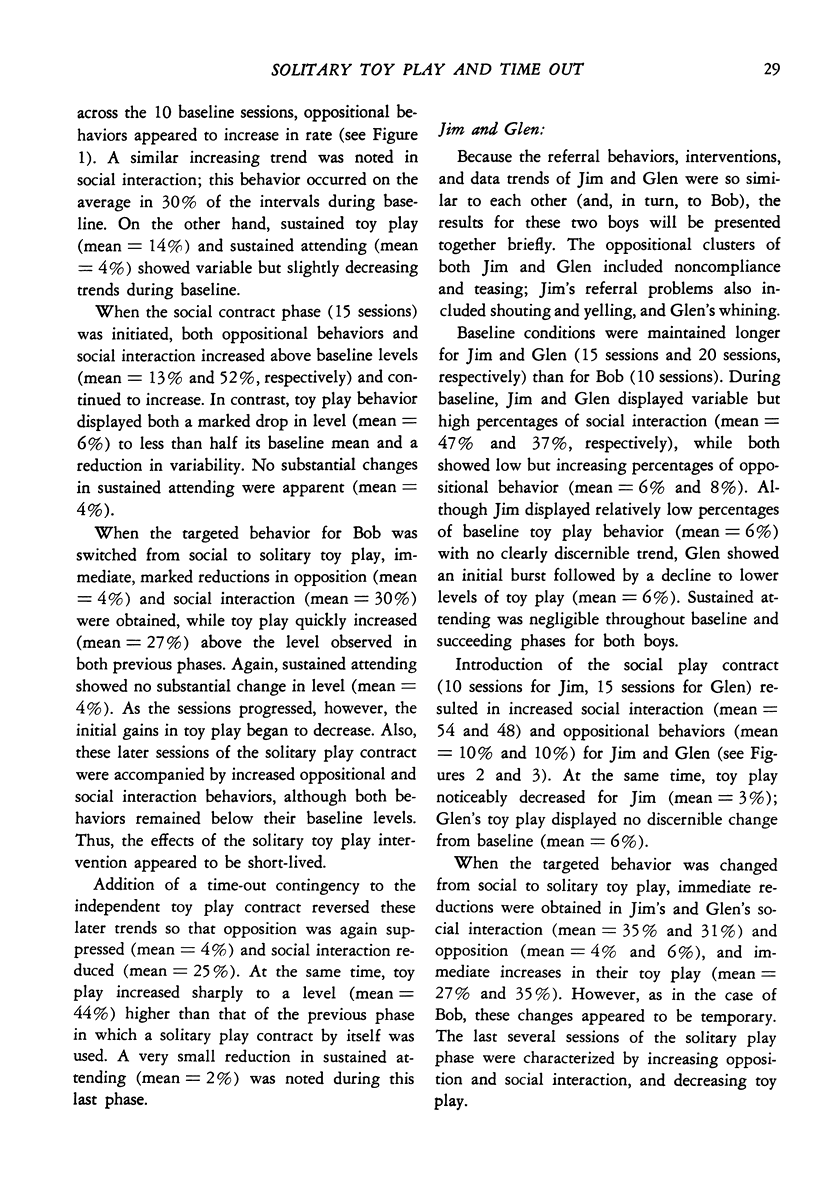
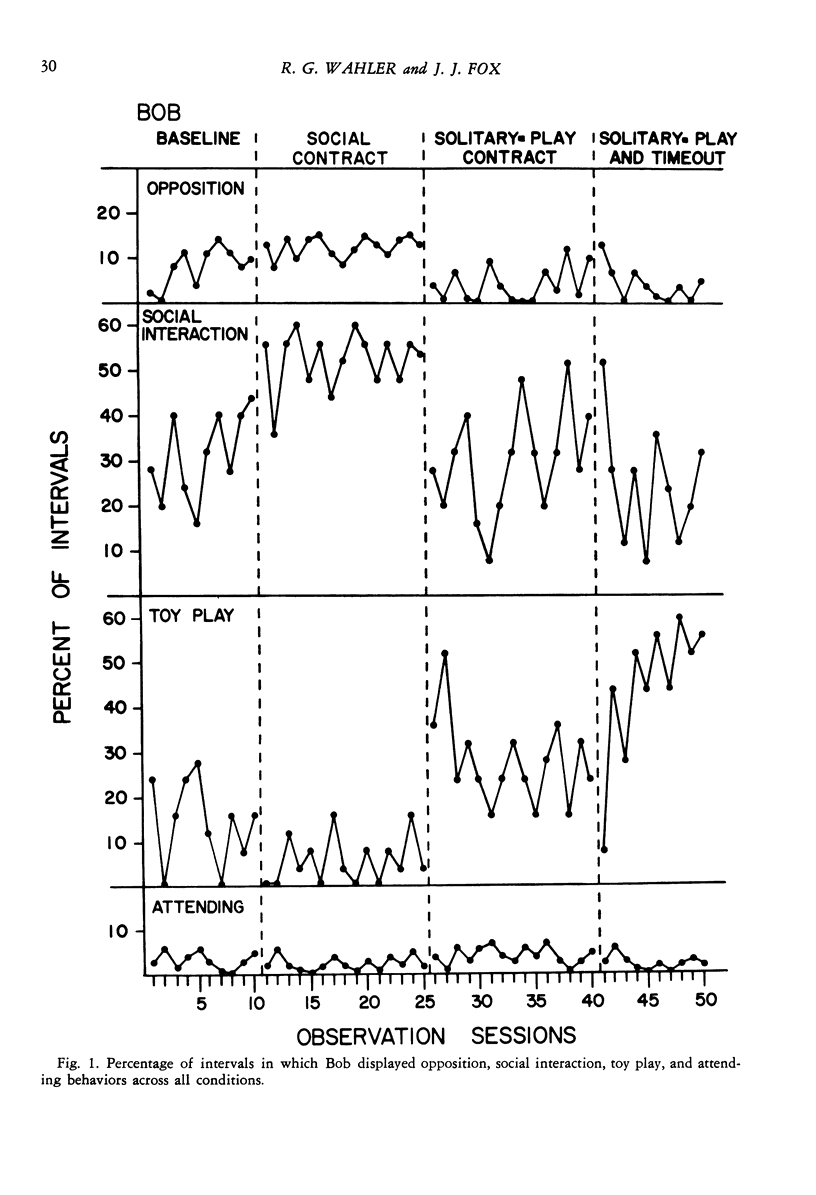
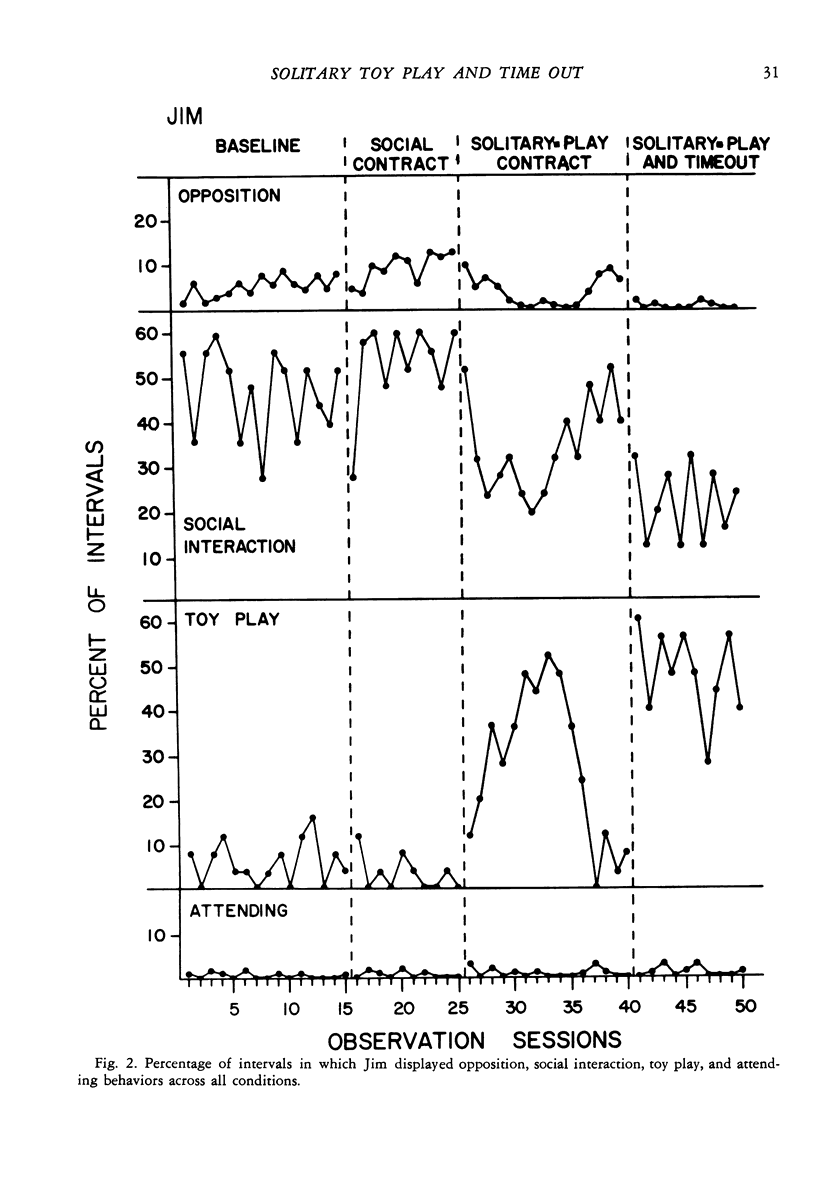
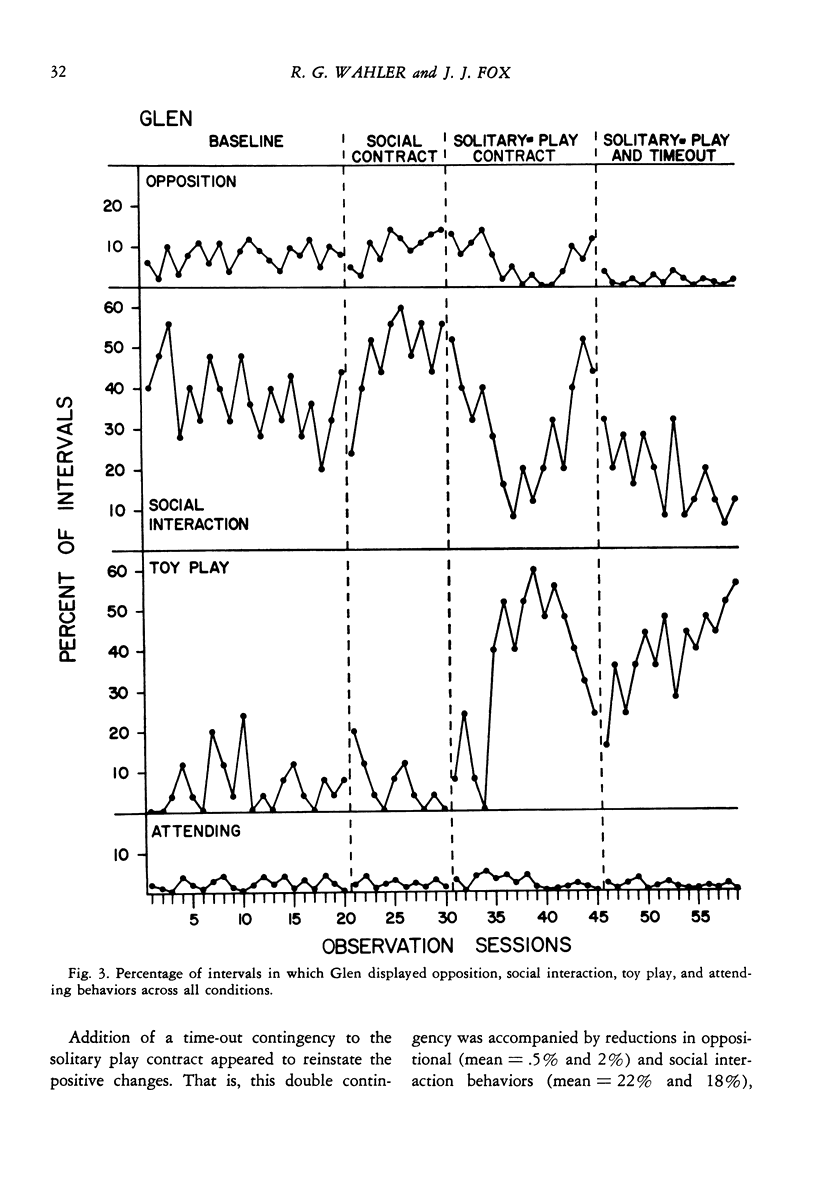
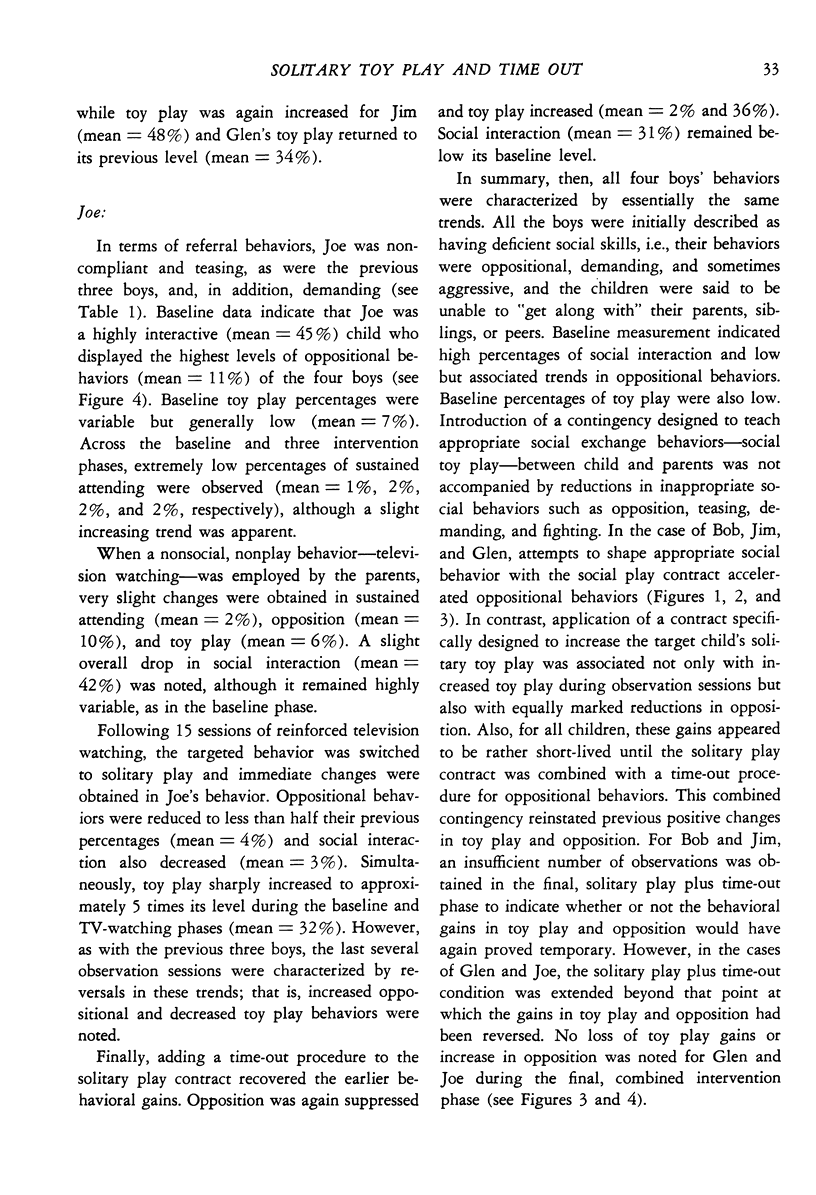
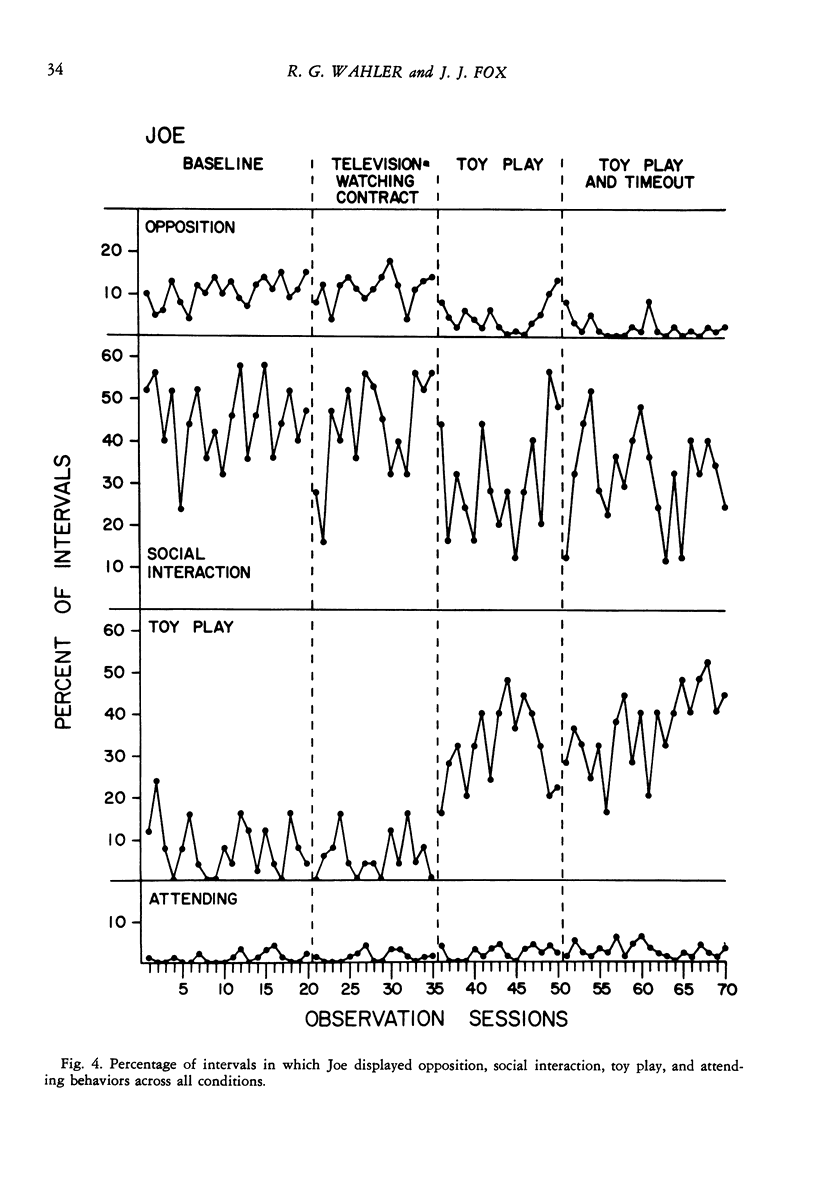
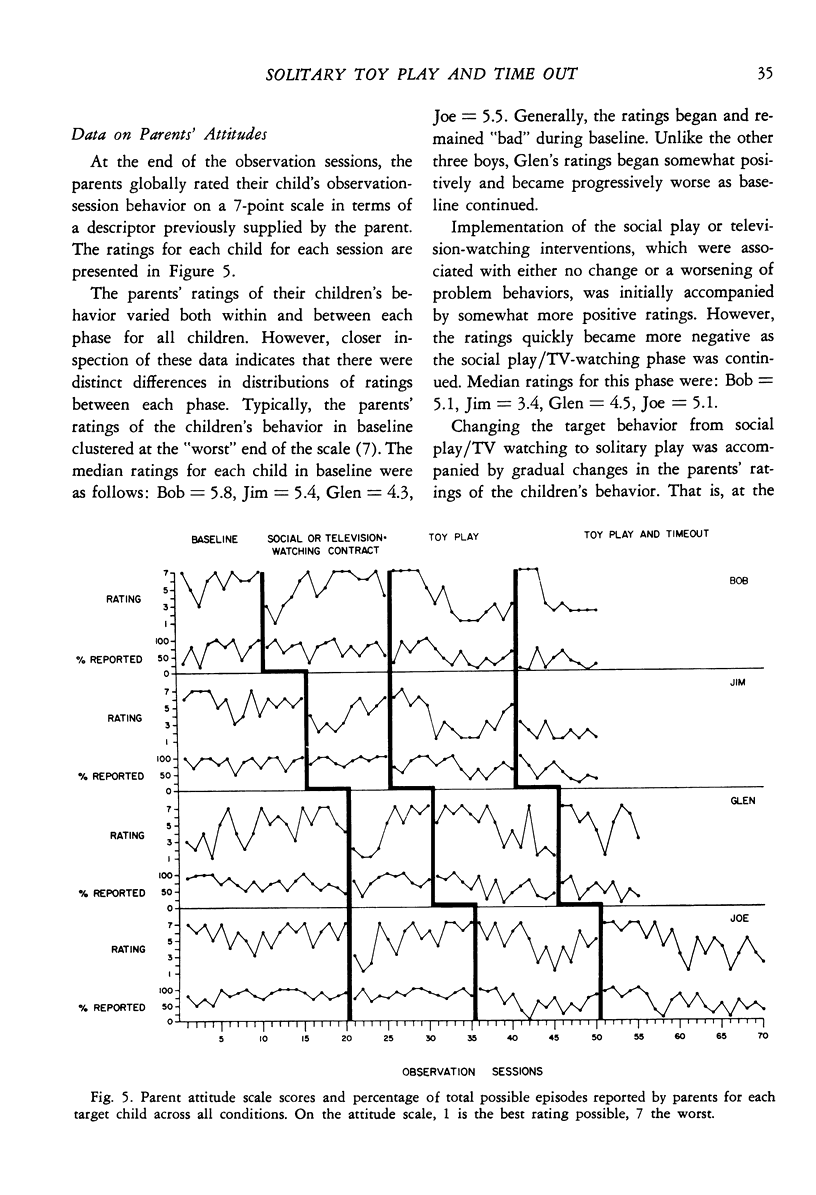
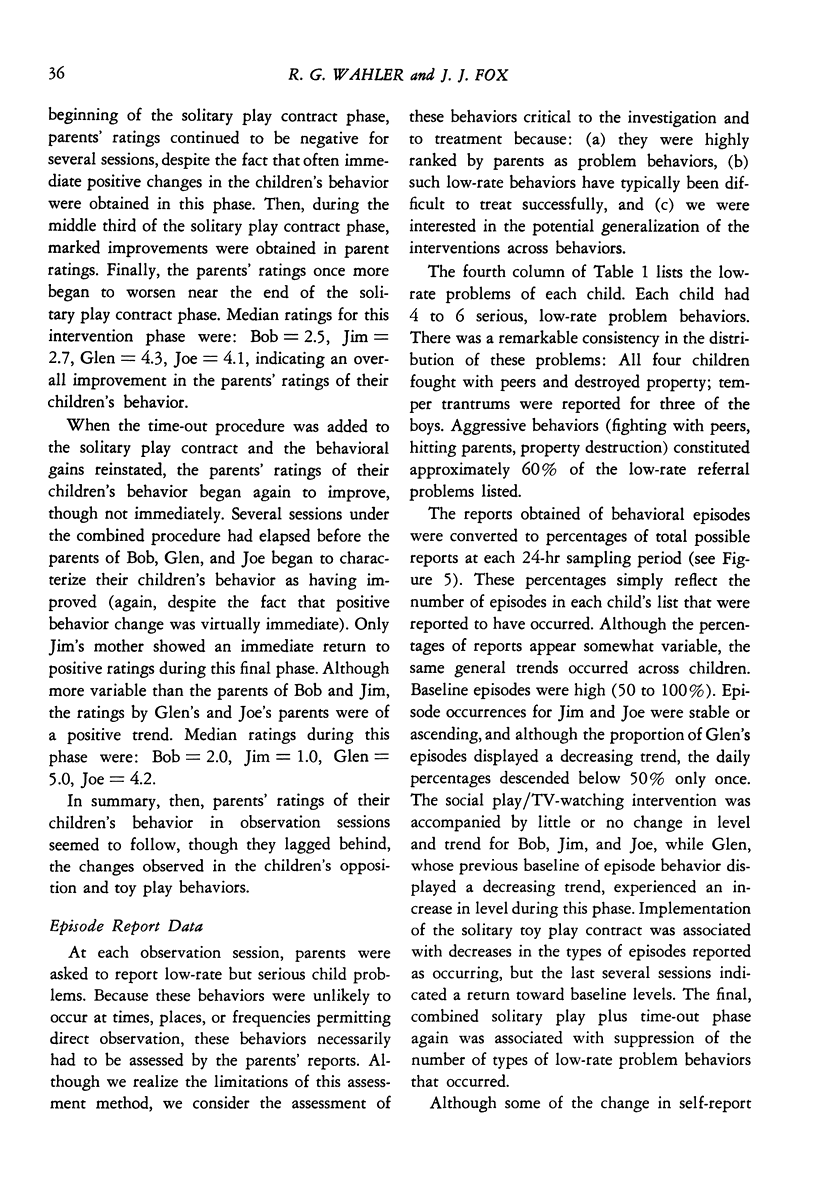
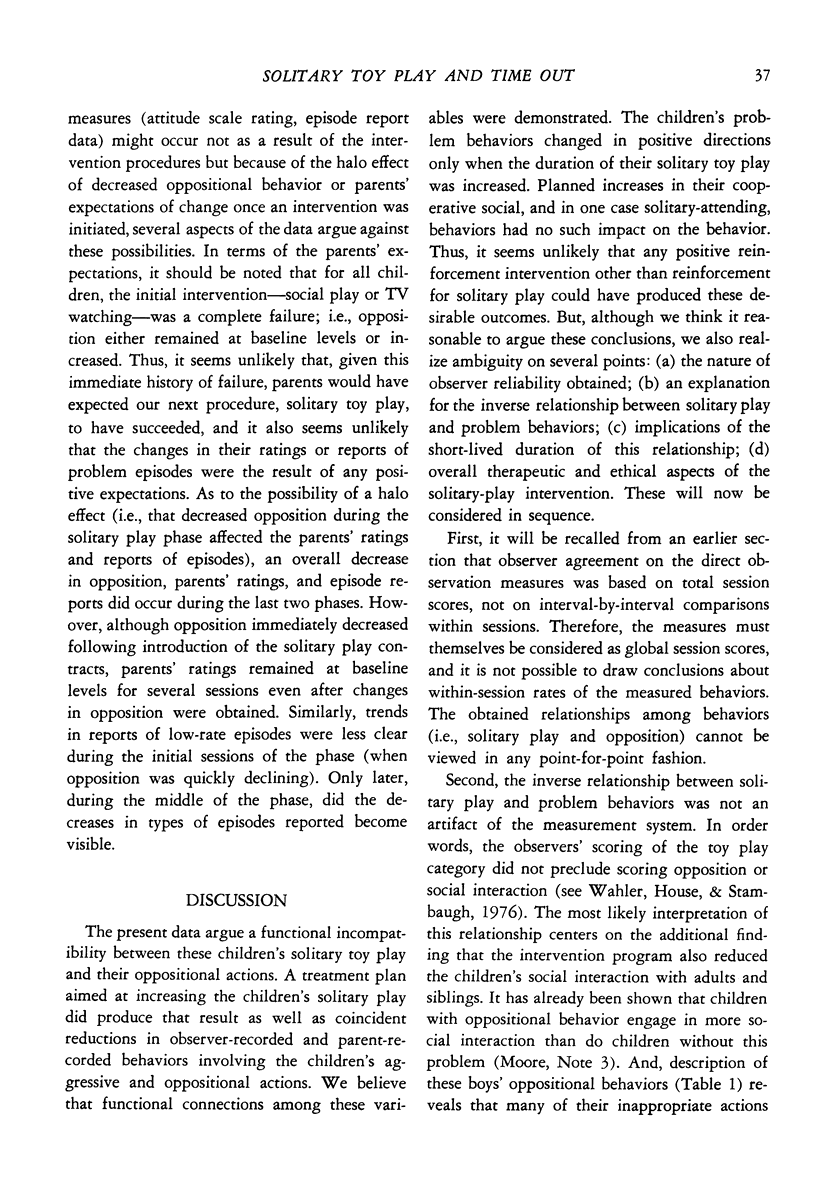
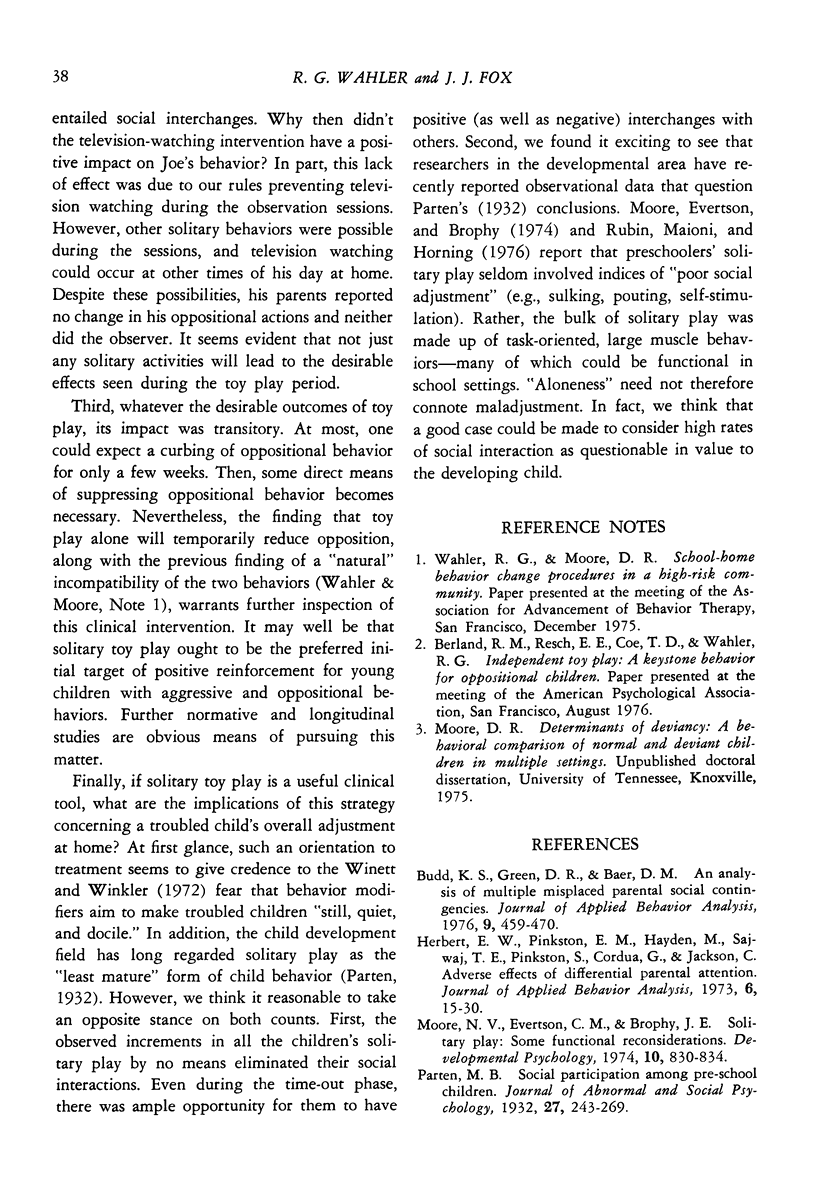
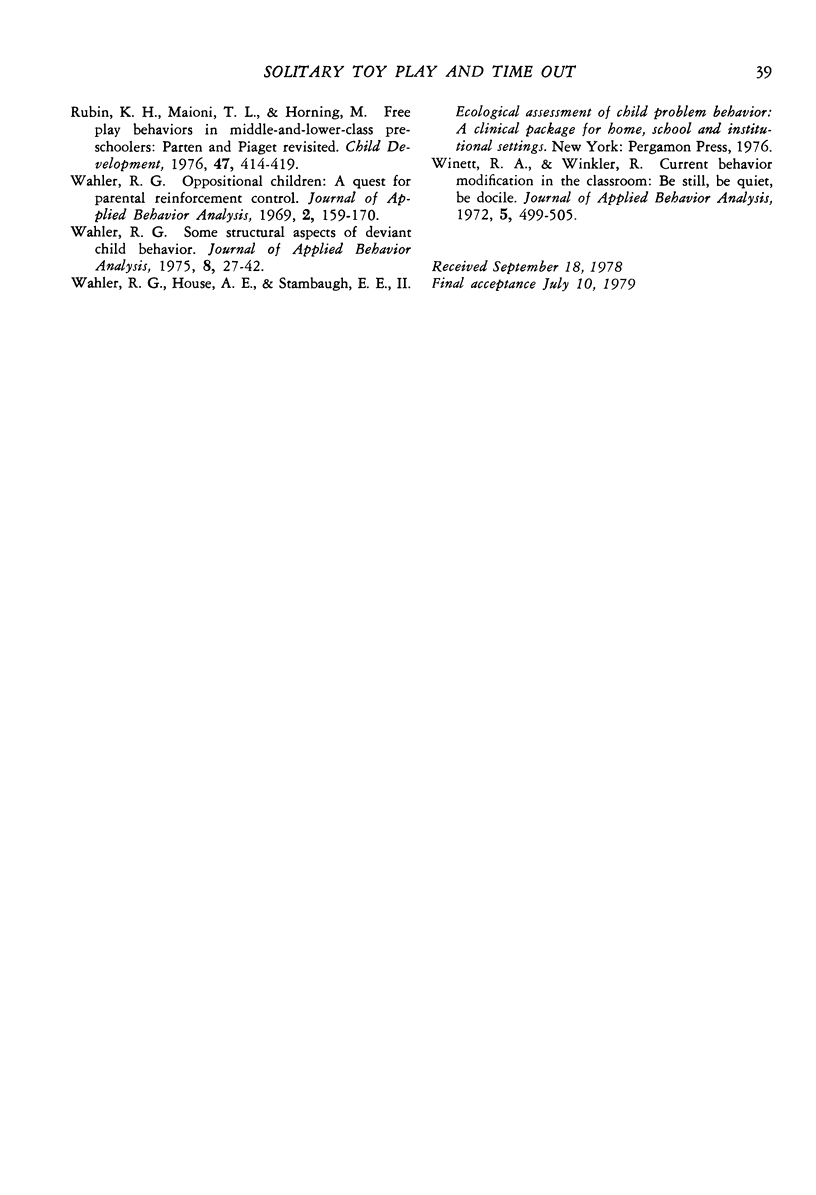
Selected References
These references are in PubMed. This may not be the complete list of references from this article.
- Budd K. S., Green K. R., Baer D. M. An analysis of multiple misplaced parental social contingencies. J Appl Behav Anal. 1976 WINTER;9(4):459–470. doi: 10.1901/jaba.1976.9-459. [DOI] [PMC free article] [PubMed] [Google Scholar]
- Sajwaj T. E., Pinkston S., Cordua G., Jackson C. Adverse effects of differential parental attention. J Appl Behav Anal. 1973 Spring;6(1):15–30. doi: 10.1901/jaba.1973.6-15. [DOI] [PMC free article] [PubMed] [Google Scholar]
- Wahler R. G. Oppositional children: a quest for parental reinforcement control. J Appl Behav Anal. 1969 Fall;2(3):159–170. doi: 10.1901/jaba.1969.2-159. [DOI] [PMC free article] [PubMed] [Google Scholar]
- Wahler R. G. Some structural aspects of deviant child behavior. J Appl Behav Anal. 1975 Spring;8(1):27–42. doi: 10.1901/jaba.1975.8-27. [DOI] [PMC free article] [PubMed] [Google Scholar]
- Winett R. A., Winkler R. C. Current behavior modification in the classroom: be still, be quiet, be docile. J Appl Behav Anal. 1972 Winter;5(4):499–504. doi: 10.1901/jaba.1972.5-499. [DOI] [PMC free article] [PubMed] [Google Scholar]


